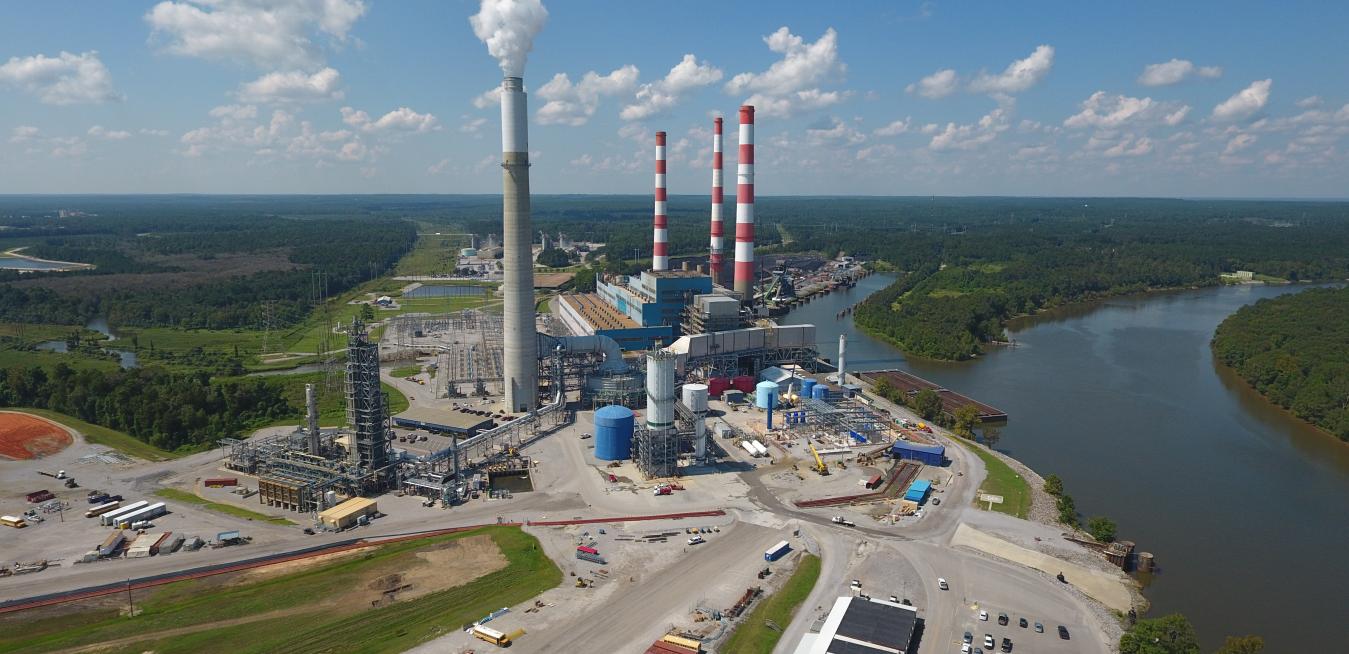It’s well accepted that natural gas power plants are an important part of the energy transition in support of more renewables being added to the grid. They can reliably generate hundreds of megawatts of baseload electricity with a relatively low carbon intensity and quickly adjust their output to match changes in demand and in supply from weather-dependent renewable sources like wind and solar farms.
Few U.S. states have been as tested by climate change as California. Heat, drought, wildfires and smoke have caused distress for residents and for utilities supplying them with electricity. To be sure, the most populous state has been aggressively adding renewables to lower its carbon emissions, but it also needs other sources of energy to supply baseload power when the sun stops shining, the wind stops blowing and water starts running low, affecting hydropower output.
A lower-carbon revolution is brewing on the banks of the Ohio River. Next fall, in Hannibal, Ohio, a massive new gas turbine built by GE and running on a blend of natural gas and hydrogen will power a 485-megawatt power plant with enough capacity to light up the equivalent of 400,000 U.S. homes. Operated by Long Ridge Energy Terminal, a unit of private-equity companies Fortress Investment Group and GCM Grosvenor, the new plant is on track to be the first in the U.S.







